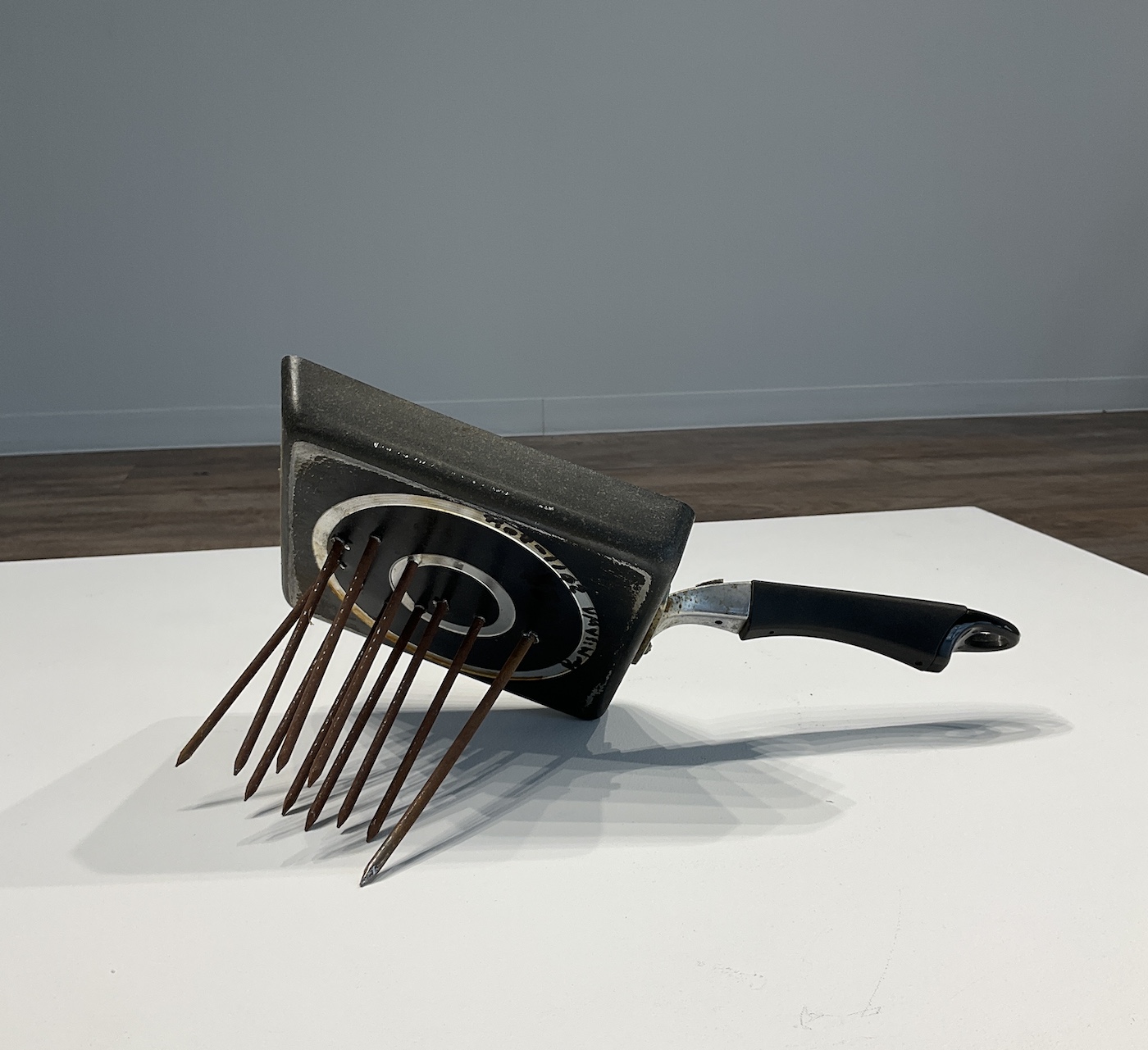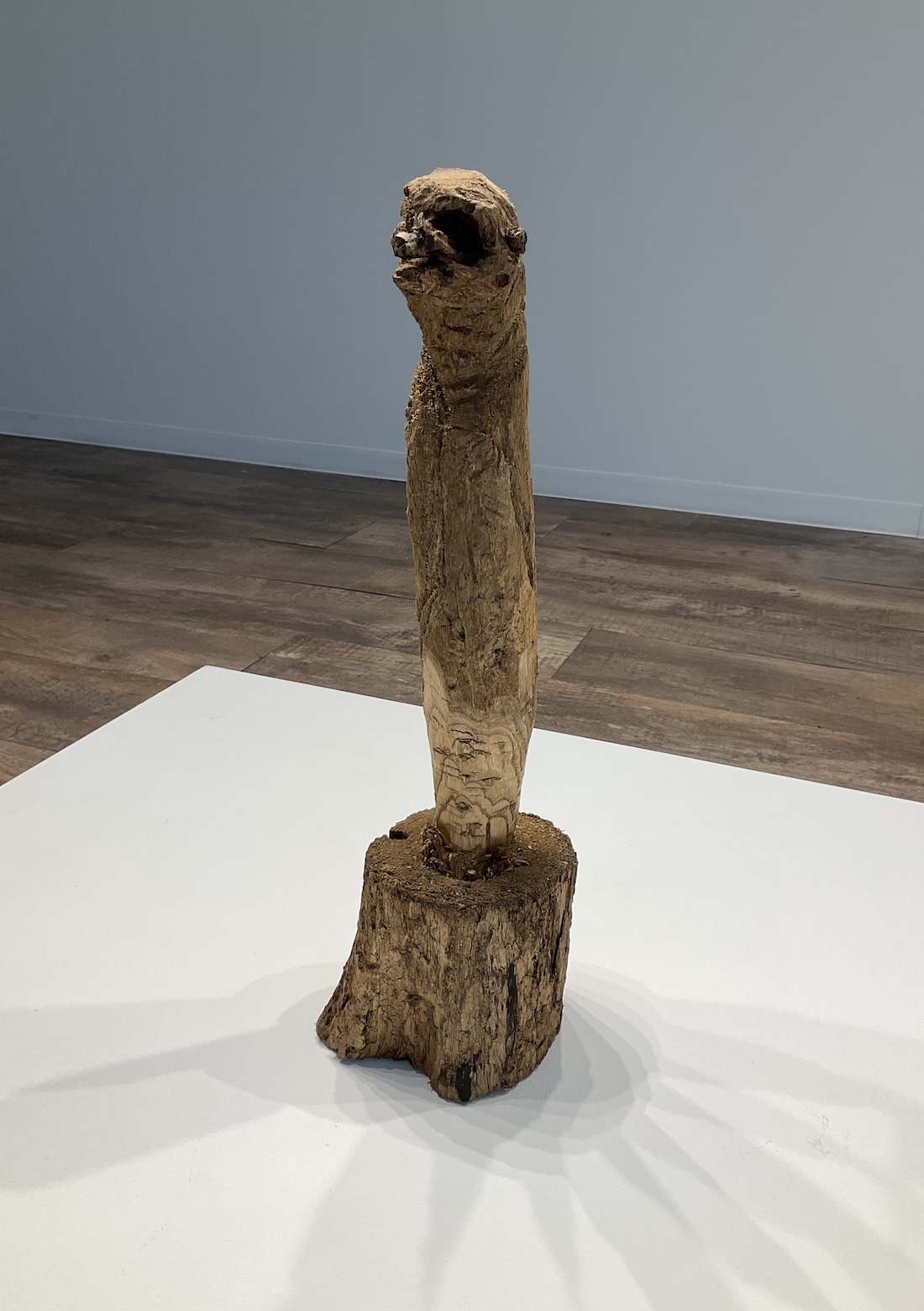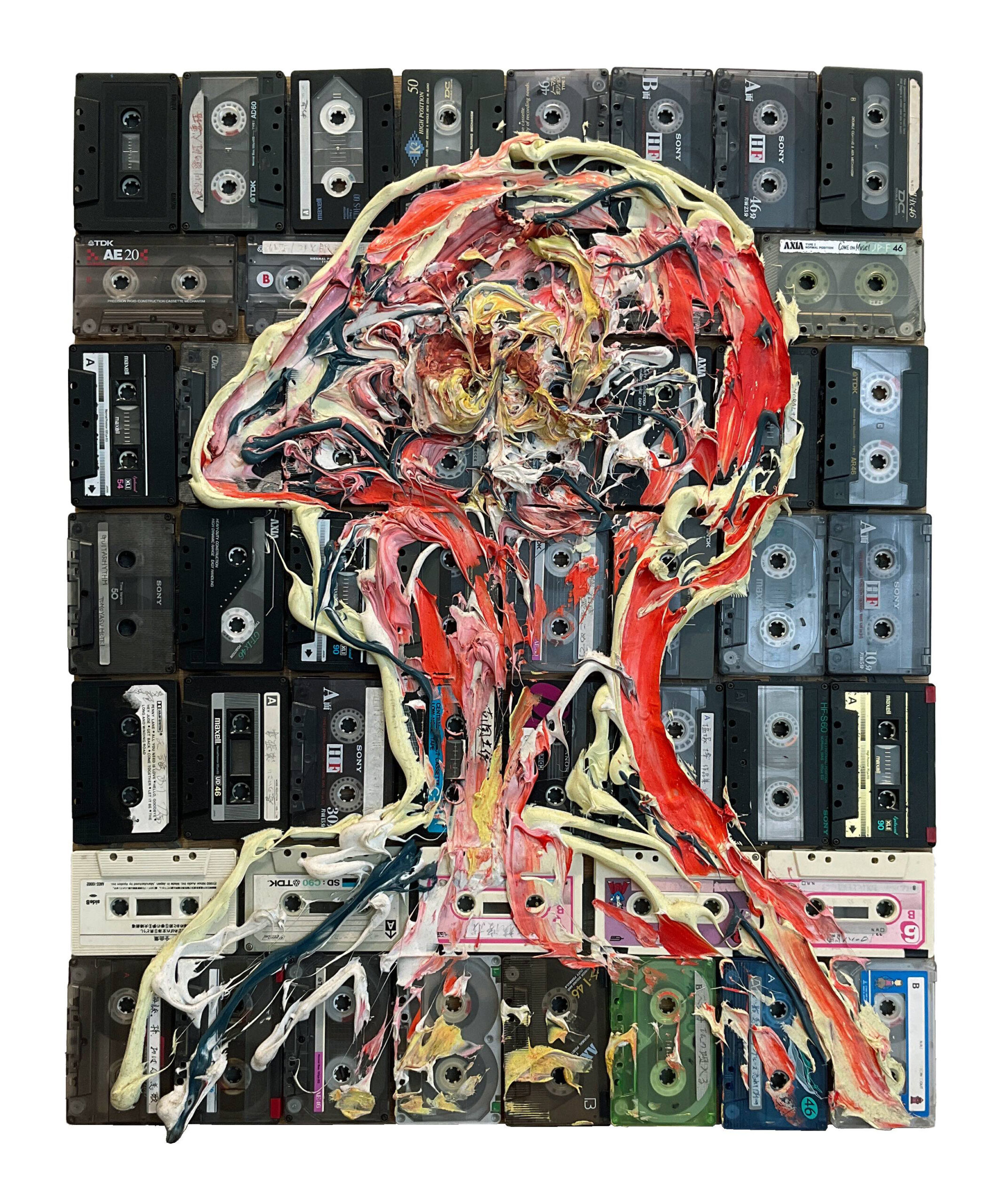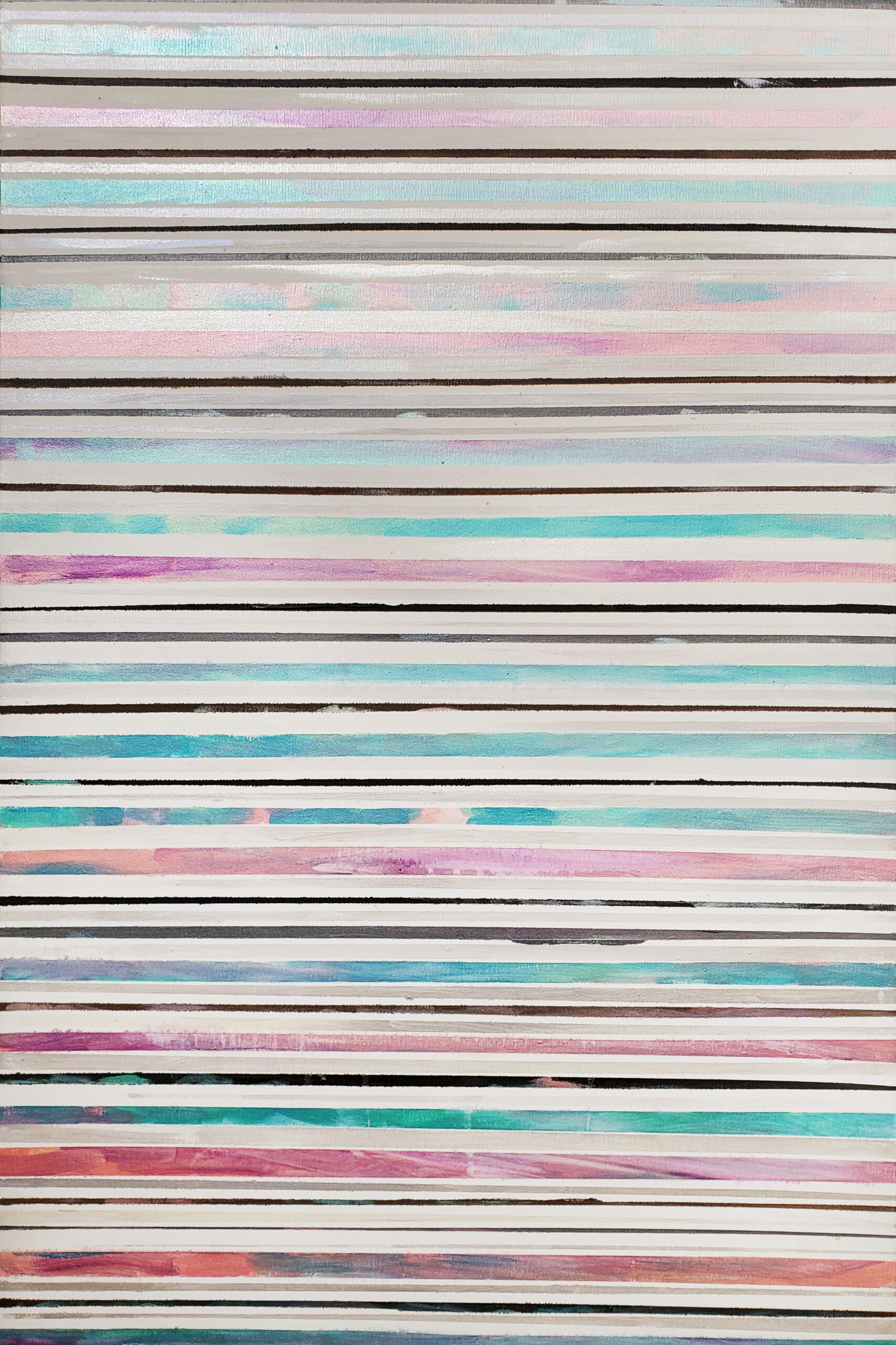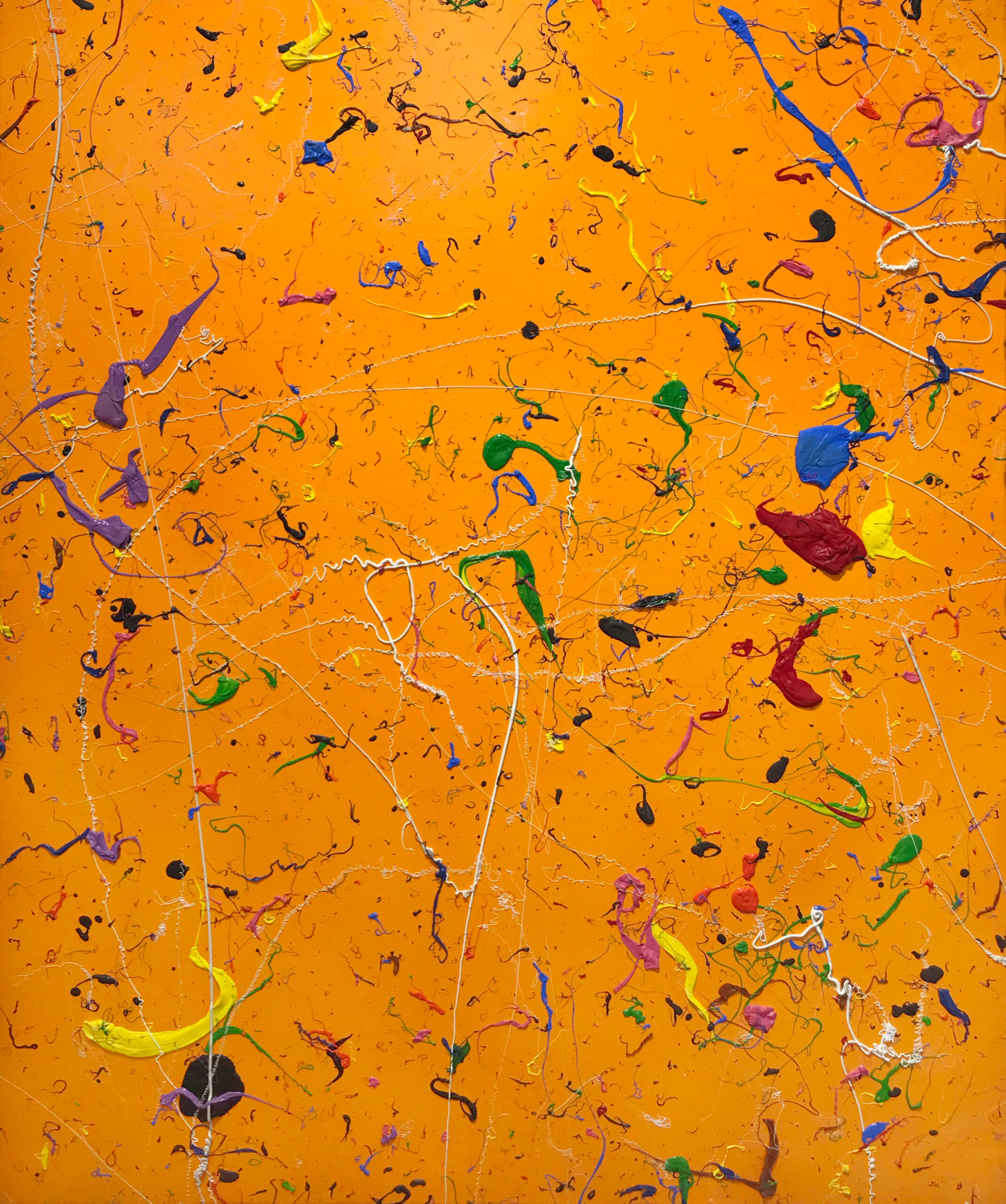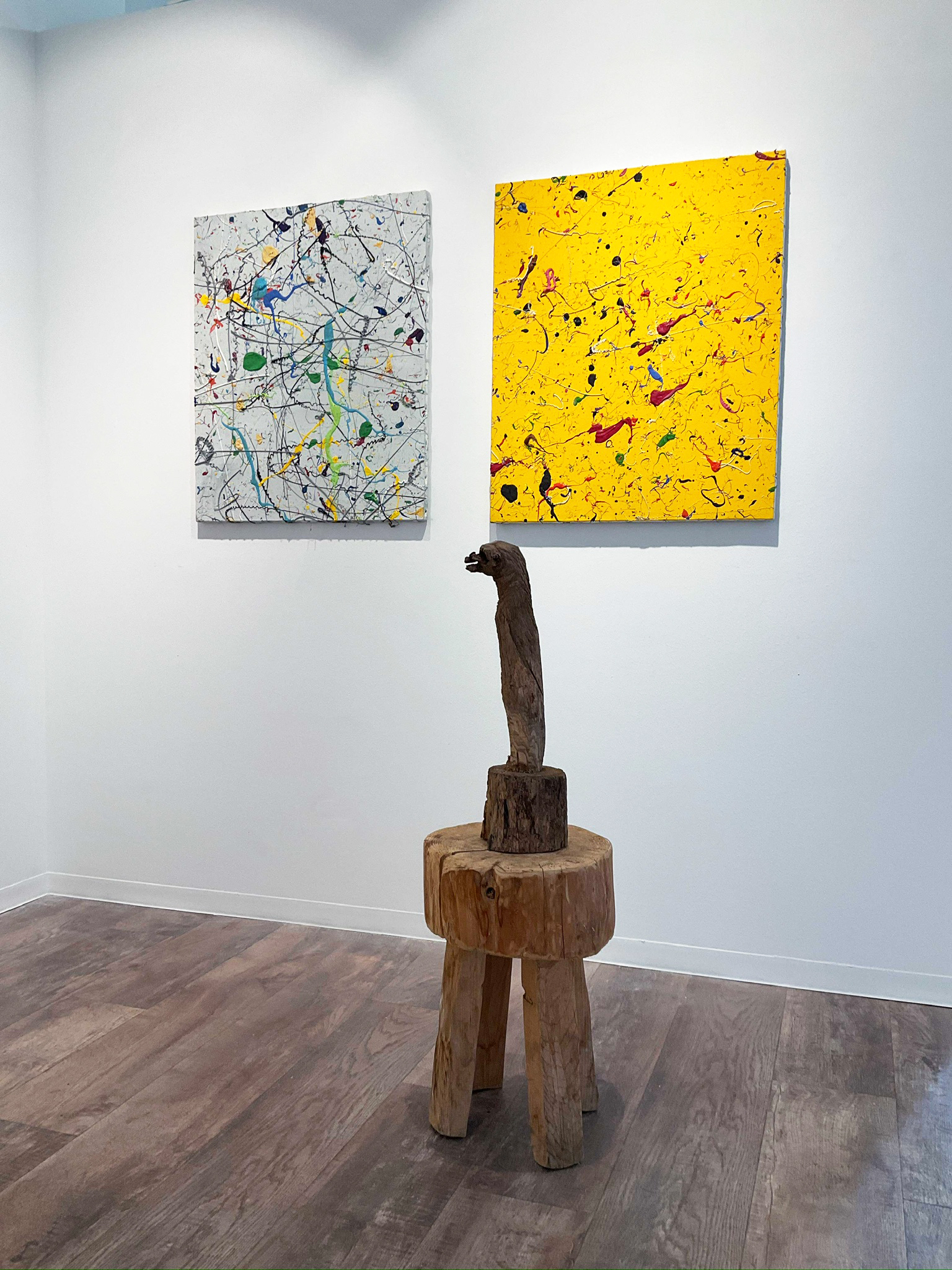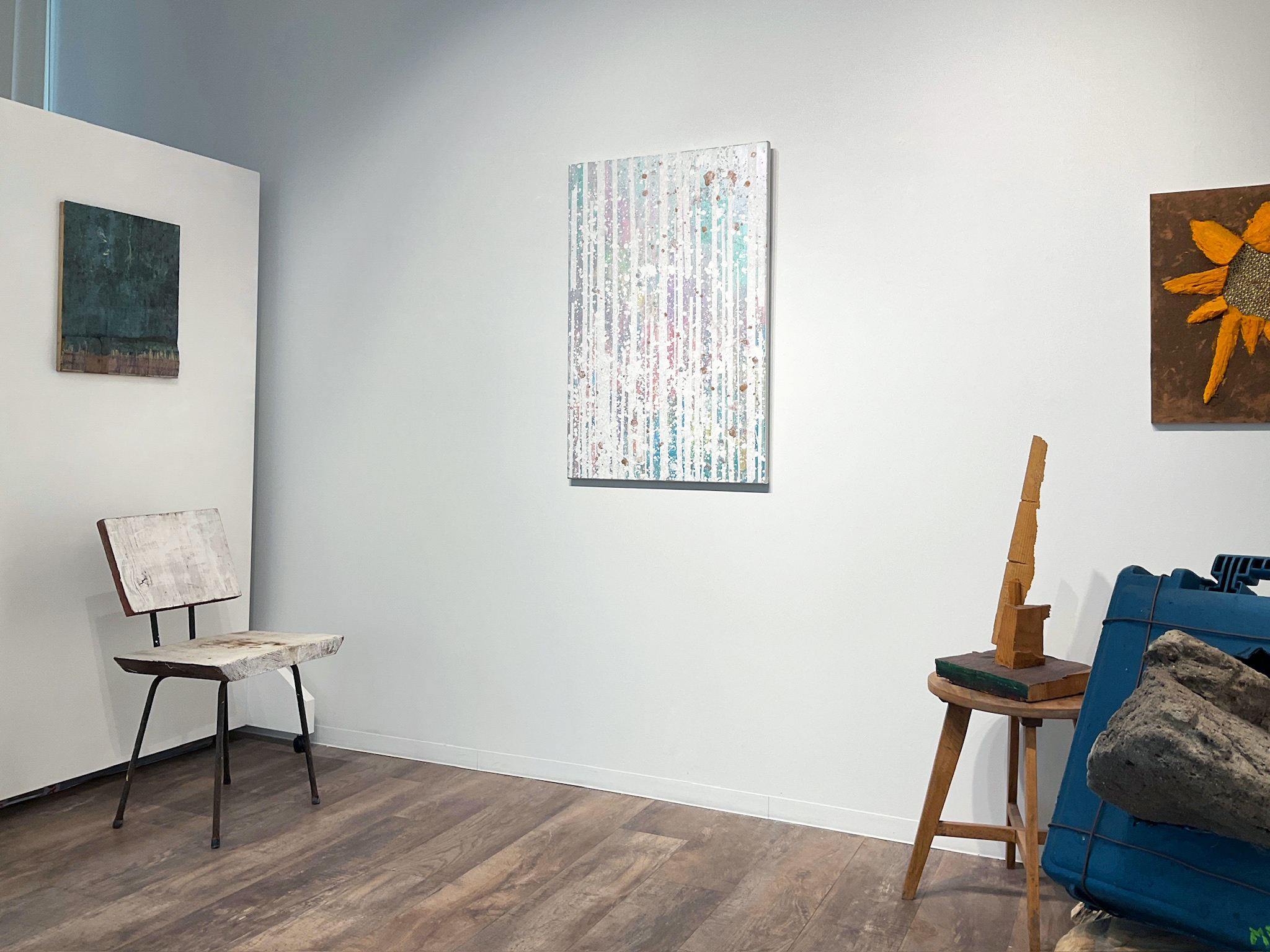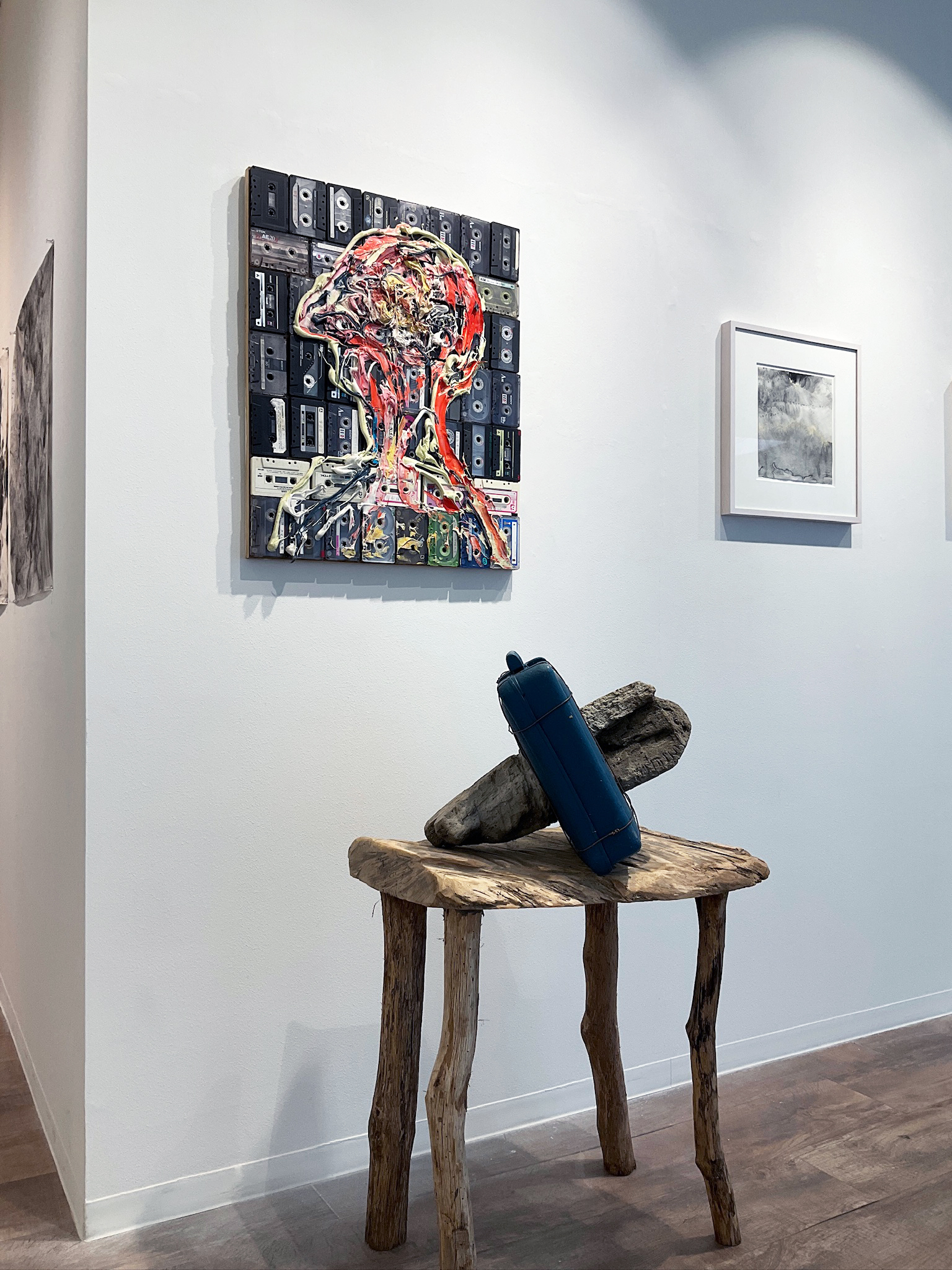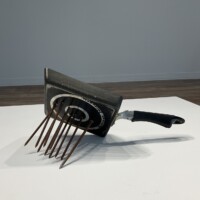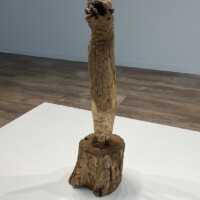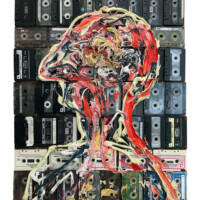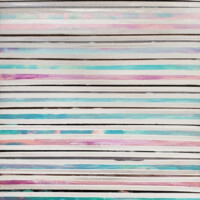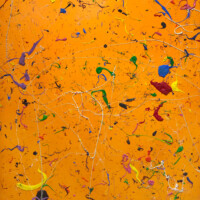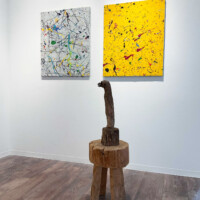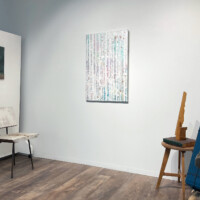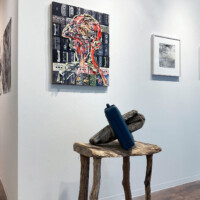Kenji Misawa
PROFILE
Kenji Misawa won the prize of competition at the first International Exhibition of Modern Sculpture, held at Hakone Open-Air Museum when he was 24 years old. This brought him to wander around 23 countries in the world during one long year, and finally returned home. The journey concluded Misawa to step into being a sculptor. In 1984 he became a trainee of Japanese Agency for Cultural Affairs and flew over to New York to study at the studio of Isamu Noguchi. Then his activity outside of Japan made a full-scale throughout such multiple experiences.
Misawa as a sculptor became well-recognizable to install over 100 monuments in various places of Japan. He has dealt with immense numbers of Japanese gardens, environmental designs, and monuments which connect with his own formative sense and space interval concept whilst he has published numerous three dimensional works by developing an expression, based upon the space concept, considering dissonance and consonance between difference substances observed in; stones and metals or the natural and the artificial. On the other hand, Misawa’s activity as a painter has not been discovered widely, though the large numbers of his paintings have existed so far.
Kenji Misawa was an alumnus of Nobuo Sekine and Kishio Suga, representative artists of Mono-ha, a major movement representing Japanese art in the late 1960s, and he and Lee Ufan inspired each other in their work. Like the Mono-ha artists, Misawa focused on drawing out the inherent characteristics of “things” themselves, and in his sculptures, he excelled in a method that contrasts the characteristics of materials by combining dissimilar materials. This method is based on the idea that while the materials themselves remain discordant, harmony is pursued through the composition and arrangement of space — a concept referred to as “the harmony of dissonance.”
This “harmony of dissonance” can be seen not only in his sculptures but also in his paintings, where cassette tapes, cloth, charcoal, and other materials are pasted as they are, and in his technique called “soft painting”, which Misawa prefers to use a lot. The unique technique, which creates a completely different layer by placing the paint with the thickness of the tube without using a brush after applying the base coat, stands out for its heterogeneity.
In 2019, he went through brain surgery and rehabilitation, and the “New Horizon” series presented since then has taken a more dynamic turn while retaining some of the characteristics of his previous works. Misawa himself has stated that these works were “born in the process of healing the brain,” and they convey his unrelenting challenge and passion toward art, as well as a powerful energy that seems to move between the boundaries of life and death.
Kenji Misawa, not only as a sculptor who has pursued the beauty of form and the confrontation with space while being deeply engaged with society but also—as someone who, after experiencing illness, has been reborn as a free-spirited painter—is now attempting to express the immense energy erupting from within himself into his works.
BIOGRAPHY
1945 Born in Nagano Prefecture Japan
1968 Graduated from Tama Art University with oil painting major
1984 Trained at lsamu Noguchi’s studio as a trainee of Agency For Cultural Affaires
1986 Guest artist of Harvard University USA
AWARDS
1969 The 1st International Exhibition of Modern Sculpture (The Hakone Open-Air Museum), Concours prize
1983 The 16th The Contemporary Art Exhibition, Tokyo Art Museum prize
1983 The 3rd Henry Moore Grand Prize Exhibition, Utsukushi-ga-hara Open-Air Museum prize
PAST EXHIBITIONS
Solo Exhibitions (Selected):
2024 “BEAMS CULTUART presents Kenji Misawa: Transversal Abstraction” B GALLERY, Tokyo
1986 Carpenter Center for the Visual Arts at Harvard University, Cambridge, USA
Group Exhibitions (Selected):
2025 Two-person exhibition by Kenji Misawa and Jonathan Seliger “Material and Substance” Sho+1, Tokyo
2018 “LA Art Show” Los Angeles
2017 “LA Art Show” Los Angeles
2016 Hawaii international group exhibition, USA
2015 Hawaii international group exhibition, USA
2014 “EXPO Chicago” Shoichio, Chicago
1985 Jack Tilton Gallery, New York
OFFICIAL LINK

